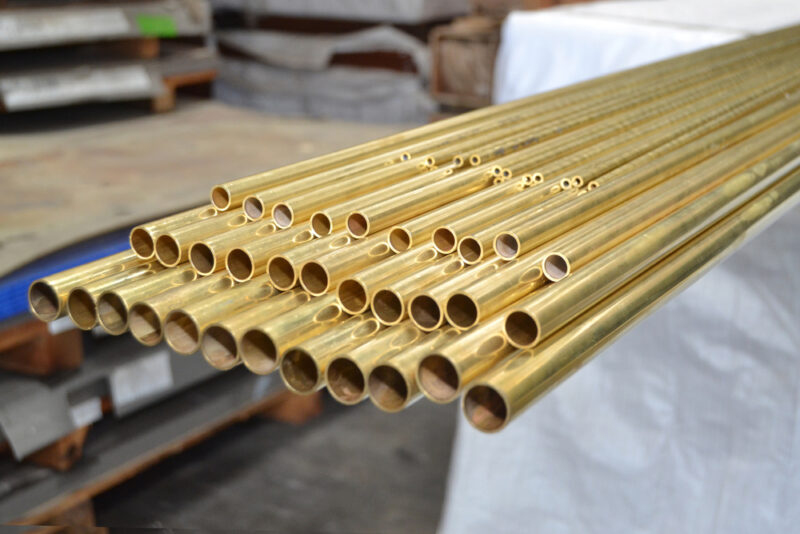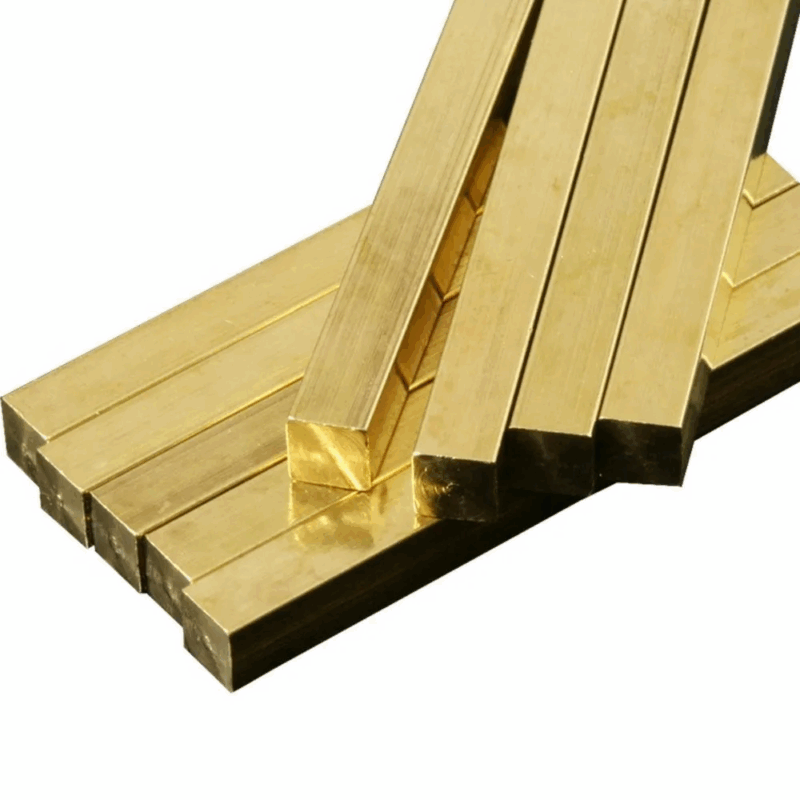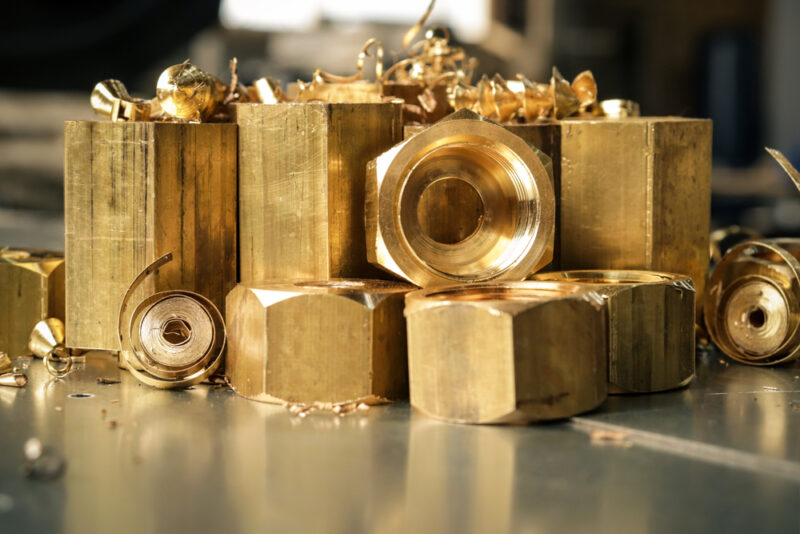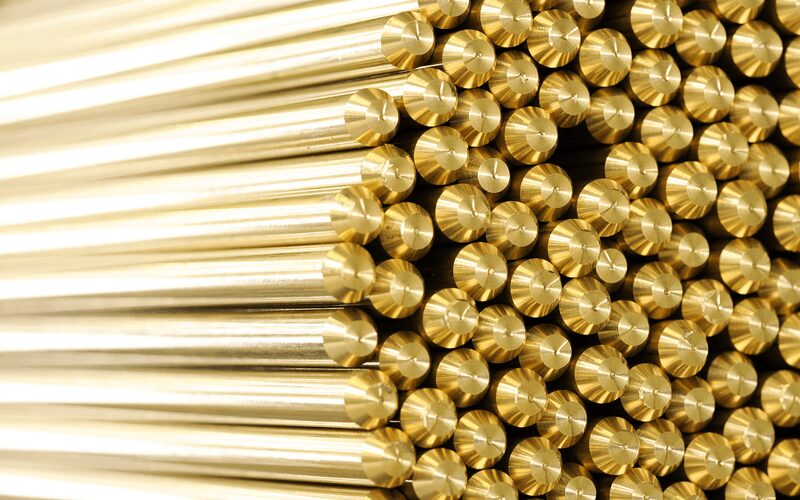Few materials can boast the same blend of durability, beauty, and versatility as brass. An alloy primarily composed of copper and zinc, brass has been used for centuries in art, architecture, engineering, and manufacturing.
While modern industries have a vast range of metals and composites to choose from, brass remains a staple material thanks to its unique combination of qualities. Among the many forms in which it is supplied, the brass square bar continues to be one of the most widely used, valued for its balance of strength, machinability, and aesthetic appeal.
This article explores the history, properties, and applications of brass, highlighting why it retains a central place in industries ranging from construction to decorative design.
A Brief History of Brass
Brass is not a modern invention. Its origins can be traced back to antiquity, when early civilisations discovered that combining copper with zinc produced a harder, more workable alloy. Archaeological findings suggest that brass objects were used as early as the 5th century BC, with the Romans in particular recognising its utility for coins, household items, and military equipment.
Unlike iron, brass did not rust, making it highly desirable for tools and fittings that needed to withstand weathering. Its golden hue also meant it was often used to imitate gold in decorative objects and jewellery.
As metallurgy advanced, the production of brass became more consistent, and by the Middle Ages it was an essential material for artisans and engineers. The Industrial Revolution further cemented its importance, as brass components were employed in machinery, shipbuilding, and precision instruments. Today, brass continues to evolve, with modern alloys fine-tuned for specific properties such as increased strength or improved resistance to corrosion.
Key Properties of Brass

The enduring popularity of brass is due to a set of remarkable properties that make it suitable for both functional and decorative purposes:
- Corrosion resistance ─ Brass resists tarnishing and corrosion, particularly from water. This makes it ideal for plumbing fittings and marine applications.
- Machinability ─ Brass is relatively easy to cut, drill, and shape, allowing engineers and craftsmen to produce precise components.
- Strength and ductility ─ While not as hard as steel, brass offers a good balance between strength and flexibility, making it reliable for load-bearing parts.
- Aesthetic qualities ─ The warm golden colour of brass makes it a favourite in interior design, jewellery, and architecture.
- Acoustic properties ─ Brass has excellent resonance, explaining its prevalence in musical instruments such as trumpets and trombones.
- Non-sparking ─ Because brass does not produce sparks when struck, it is often used in tools for hazardous environments such as oil rigs or chemical plants.
These characteristics ensure that brass remains relevant in both traditional and modern settings.
Common Forms of Brass Supply
Brass can be supplied in a range of forms, depending on the intended use:
- Sheets and plates ─ Used for decorative panels, architectural cladding, and engraved signs.
- Tubes and pipes ─ Common in plumbing, heat exchangers, and musical instruments.
- Rods and wires ─ Essential for electrical connectors, fasteners, and jewellery.
- Bars ─ Supplied in various profiles, round, hexagonal, and square, for engineering and fabrication.
Among these, the brass square bar is particularly versatile. Its uniform shape allows it to be used in a wide range of structural and mechanical applications, from precision-machined parts to decorative frameworks.
Applications of Brass Square Bar

The brass square bar is one of the most sought-after forms of brass stock in modern industry. It is valued not only for its workability but also for its adaptability across multiple sectors:
1. Engineering and Machining
In engineering workshops, brass square bar is prized for its ease of machining. It can be cut, drilled, milled, or turned on a lathe with minimal wear on tools compared to harder metals. This makes it an economical choice for prototypes, fittings, and bespoke components.
2. Decorative and Architectural Use
Brass is often used where both function and appearance matter. Square bars can be polished to a brilliant finish, making them suitable for handrails, frames, and decorative trims in homes, hotels, and public buildings.
3. Electrical Components
Thanks to its conductivity, brass square bar is frequently used in the manufacture of electrical terminals, connectors, and switchgear. It provides a reliable pathway for current while also resisting corrosion.
4. Marine Applications
Saltwater is notoriously corrosive, but brass holds up well in marine environments. Square bars are often used for boat fittings, propeller shafts, and underwater components.
5. Artistic and Creative Projects
Sculptors, metalworkers, and artisans often use brass square bar as a medium for creative projects. Its ability to be polished, patinated, or left to age naturally provides flexibility for different artistic expressions.
Sustainability and Recycling
In an era when sustainability is paramount, brass has another significant advantage: it is highly recyclable. Brass scrap can be melted down and reused indefinitely without losing its properties. In fact, a large proportion of the brass produced today is made from recycled material.
This closed-loop system not only conserves resources but also reduces the environmental footprint of manufacturing. For industries aiming to improve their sustainability credentials, brass is an excellent choice of material.
Brass in Comparison with Other Metals

When selecting a material for a project, designers and engineers often weigh up the pros and cons of various metals:
- Versus steel ─ Steel is stronger and cheaper, but it is prone to rust without protective coatings. Brass offers superior corrosion resistance and a more attractive finish.
- Versus aluminium ─ Aluminium is lighter, but brass is more durable and offers better machinability for fine tolerances.
- Versus copper ─ Copper is more conductive, yet brass is harder and more suitable for load-bearing applications.
These comparisons show that while brass is not always the cheapest option, it offers a well-rounded set of benefits that justify its use in many contexts.
Modern Supply and Accessibility
Thanks to online suppliers, sourcing brass is easier than ever. Specialist metal retailers provide stock in various dimensions, with the ability to cut materials to size and ship directly to workshops, factories, or private customers.
For instance, buyers can readily obtain brass square bar in multiple thicknesses and lengths to suit individual requirements. This accessibility ensures that both large-scale manufacturers and hobbyists can take advantage of the material without logistical hurdles.
Conclusion
Brass has stood the test of time as one of the most adaptable and attractive alloys available. From ancient coins to cutting-edge engineering, it has found a home in virtually every human endeavour. Its combination of corrosion resistance, machinability, and aesthetic appeal ensures that it will continue to play an important role in both industry and art.
The brass square bar exemplifies the alloy’s versatility. Whether used in structural applications, decorative projects, or precision engineering, it remains a material of choice for professionals and enthusiasts alike. With its strong sustainability credentials and ready availability, brass is certain to remain a cornerstone of modern materials for generations to come.

